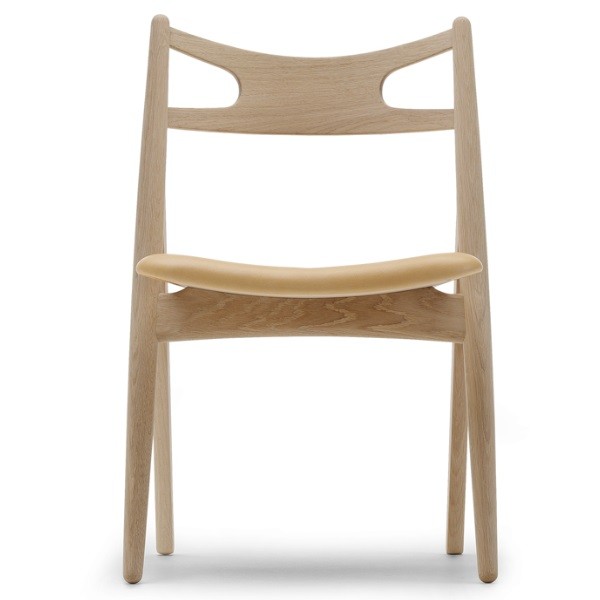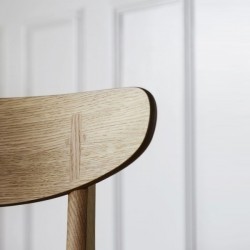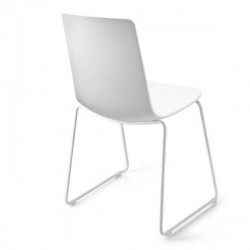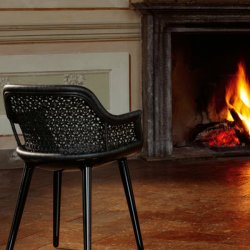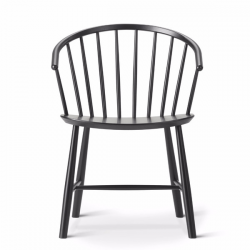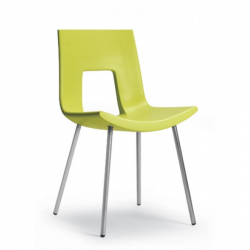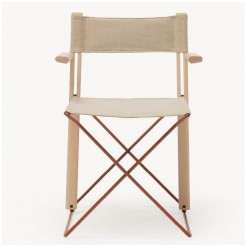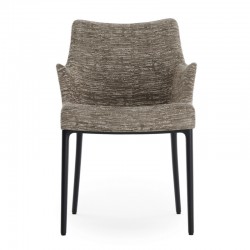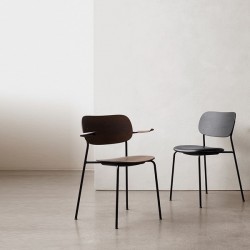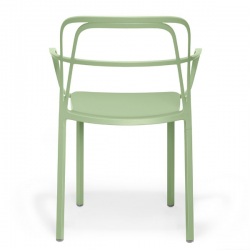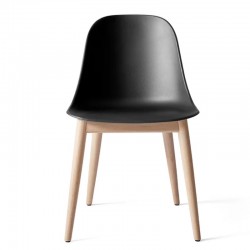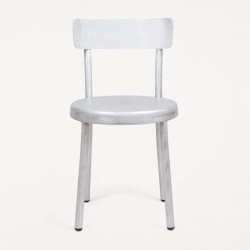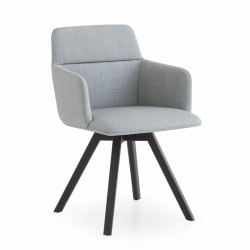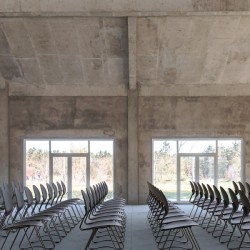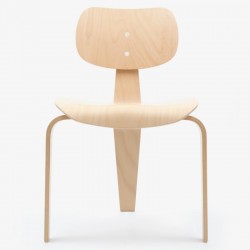Carl Hansen & Søn CH29 P Sawbuck Chair Leather
The visually unique CH29 chair, also known as "The Sawbuck Chair" was designed in 1952 by Hans J Wegner.
The CH29 chair, also known as "The Sawbuck Chair" due to the shape of the chairs legs resembling that of the simple sawbucks or saw horses traditionally used by carpenters and woodcutters, was originally designed for Carl Hansen & Søn by Wegner in 1952. It was taken out of production in the 1970's and it was Wegner's daughter Marianne Wegner who suggested it be reintroduced 20 years later. The CH29 chair became an immediate success due to its simple construction, which provides great comfort while still being visually unique.
The CH29 is closely associated with Wegner's CH28 lounge chair and is also available in a similar mix-version with seat and back in walnut and legs i oak.
The seat is available upholstered in fabric or leather.
Can't find it! We can supply all products from carl hansen, If you know what you are looking for and it is not yet featured, please send us a request
- Specifications
Frame: solid wood
Seat Flame retardant cold foam CMHR- Size Description
Width: 53cm
Height: 81cm
Depth: 49cm
Seat Height: 44cm
-
Hans J. Wegner
As a driving force behind 'Danish Modern', Hans J. Wegner helped change the general public's view of furniture in the 1950s and 1960s. His passion for designing chairs, more than 500 of them, is recognized worldwide and reflected in his title 'the Master of the Chair'. He is famous for integrating perfectly executed joints with exquisite shapes and combining them with a constant curiosity for materials and deep respect for wood and its natural characteristics. His designs furnish minimalism with organic and natural softness. Hans J. Wegner was born in 1914 in Tønder in Southern Denmark, the son of a shoemaker. At the age of 17, he completed his apprenticeship as a cabinetmaker in the workshop of H. F. Stahlberg where his first designs saw the light of day. At the age of twenty he moved to Copenhagen, Denmark, to attend the School of Arts and Crafts, where he studied from 1936-1938 before embarking on a career as an architect.


 EUR
EUR


